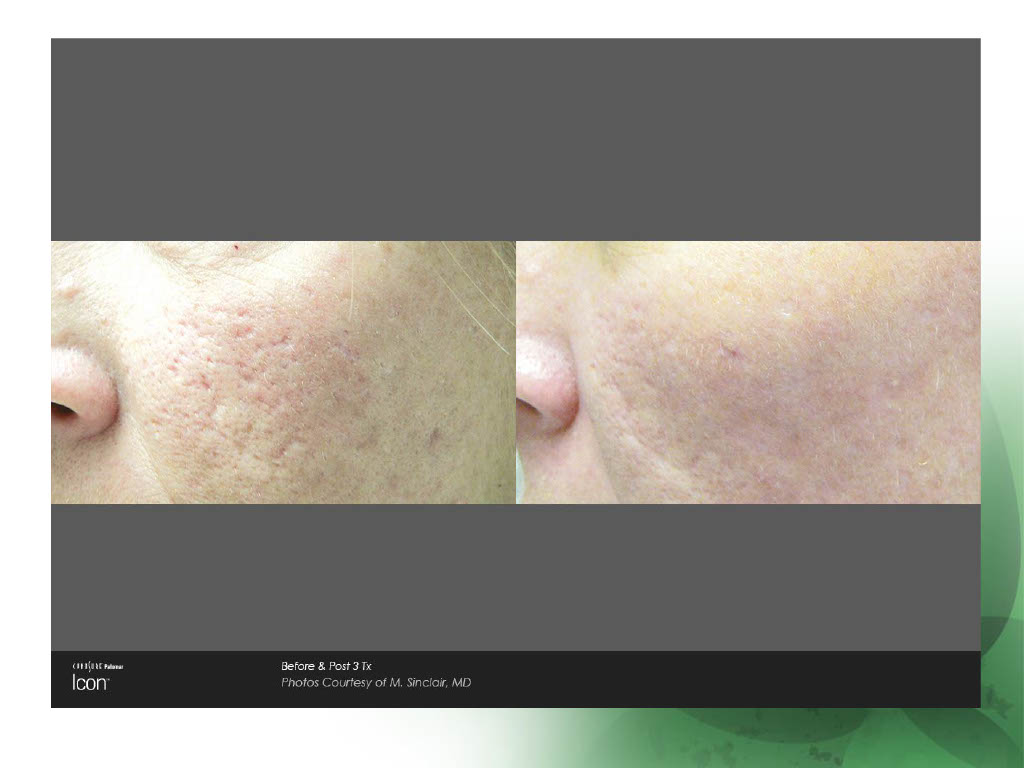
Surgeries, C-sections, accidents or severe body acne are events that seemingly everyone experiences in their lifetime. While it’s somewhat easy to let go of the mental and emotional damage these experiences can cause, getting rid of the physical damage is a rather difficult task. Scars from past injuries to the skin are a very common phenomenon among men and women, old and young alike.
Some scars are discrete, others can be complex: sometimes very extensive, painful, red or swollen. They have one thing in common however, and that is the discomfort and insecurity they can cause.
Scarring is a physiological repair process based on the regenerative power of the skin. When you hurt yourself slightly, only the superficial part of the skin is injured. The skin cells reproduce to give rise to new cells; in this case, the wound is closed leaving a minimal trace.

On the other hand, when the injury is deeper, the damage is greater. Collagen fibers, blood vessels, nerve endings and muscle fibers are partially destroyed. The body triggers a series of inflammatory reactions and a new supportive tissue is formed. Fibers and vessels are also synthesized. After about ten days, the wound retracts and reveals scar tissue.
The newly formed scar tissue can vary greatly from a person to another one. It depends on many factors such as the person’s age, skin color, existing conditions such as diabetes or obesity, as well as any medications they are on. Genetics are also another factor which contributes to the nature of the scar formed after completion of the skin’s healing process.

TYPES OF SCARS
There are many types of scars. A scar can be mature, in this case it is flat, light-colored and is unlikely to change color or fade. An immature scar is red, slightly elevated, somewhat painful or itchy. This scar has not matured yet and may fade and become less visible.
A hypertrophic scar can be red; it begins to form a few weeks after the injury and can rapidly expand. The scar may still fade naturally, although this process may last for about two years. A keloid scar is made up of an irregular and thick cluster of scar tissue that extends over the skin beyond the original wound. It is often red in color or darker than the surrounding skin. A keloid can develop several months after the injury and worsen during pregnancy. Most of the time, this type of scar does not fade naturally. Keloids are commonly found in individuals with highly pigmented skin. Atrophic scars usually appear as small, rounded depressions beneath the surface of the surrounding skin. An atrophic scar occurs when the healing process has been interrupted and the amount of new connective fibers formed is not enough to completely fill in the skin lesion.
Our Solution – Laser Scar Removal with Icon™
- Laser scar removal is a great option for acne scars or surgical scars on any area of the body.
- This fractional laser treatment is fast, easy and provides remarkable results you will be happy to show off.

How Does It Work?
- This fractional technology delivers pulses of laser light into the skin to target and break down scar tissue.
- This will help generate healthy new tissue to form in its place that is smoother and more even in skin tone.
Why Choose Icon™ For Laser Scar Removal?
Laser scar removal is a more comfortable alternative to surgery with amazing results:
- Fast, non-surgical treatment sessions
- Little to no downtime
- Mild discomfort
- Excellent results
Scar Removal with Icon™ Before & After Photos
Frequently Asked Questions: Scar Removal
It is appropriate for surgical scars and acne scars on any area of the body, including the face.
Expect to see the scar lighten in colour and become more even in texture.
The treatment can be performed in as little as 30 minutes, depending on the size of the treatment area.
Typically you may resume your daily activities immediately following the treatment session.
Most people require 4 to 8 treatment sessions for desired results depending on the scar. Your provider can give you an estimate based on your condition.
You may experience temporary redness and swelling at the treatment site which should last only a few days. Speak with your provider to discuss other possible side effects and the necessary post-treatment care.


